Do you have a question about the Panasonic DMC-G80 and is the answer not in the manual?
| Sensor Type | Live MOS |
|---|---|
| Sensor Size | 17.3 x 13.0 mm |
| Camera Type | Mirrorless |
| Image Sensor Format | Four Thirds |
| Lens Mount | Micro Four Thirds |
| Connectivity | Wi-Fi |
| Image Processor | Venus Engine |
| Built-in Flash | Yes |
| External Flash | Hot shoe |
| Effective Pixels | 16.0 Megapixels |
| Image Stabilization | 5-axis |
| Autofocus System | Contrast Detect (Depth From Defocus) |
| Viewfinder | OLED Live View Finder, 2.36M dots |
| LCD Screen | 3.0" LCD, 1.04M dots |
| Video Recording | 4K UHD at 30p |
| Battery Life | Approx. 330 shots |
| Weight | 505g (body only) |
| Continuous Shooting | 9 fps |
| Weather Sealing | Yes |
| Battery | DMW-BLC12 |
| Shutter Speed | 1/4000 to 60 sec |
| Dimensions | 128.4 x 89 x 74.3 mm |
| ISO Sensitivity | 200-25600 (extendable to 100-25600) |


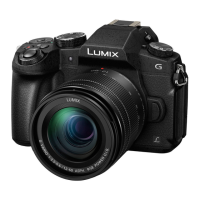
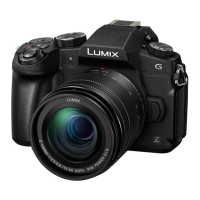
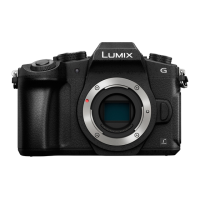
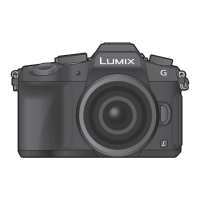
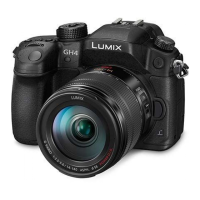
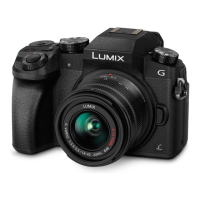
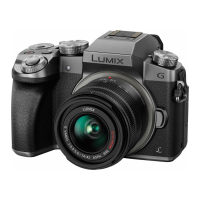
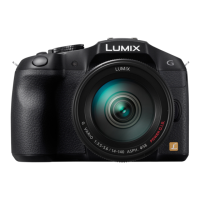
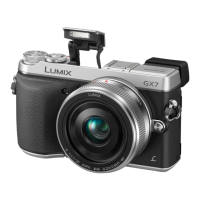
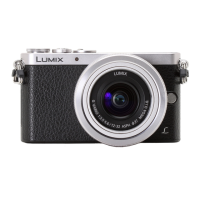
